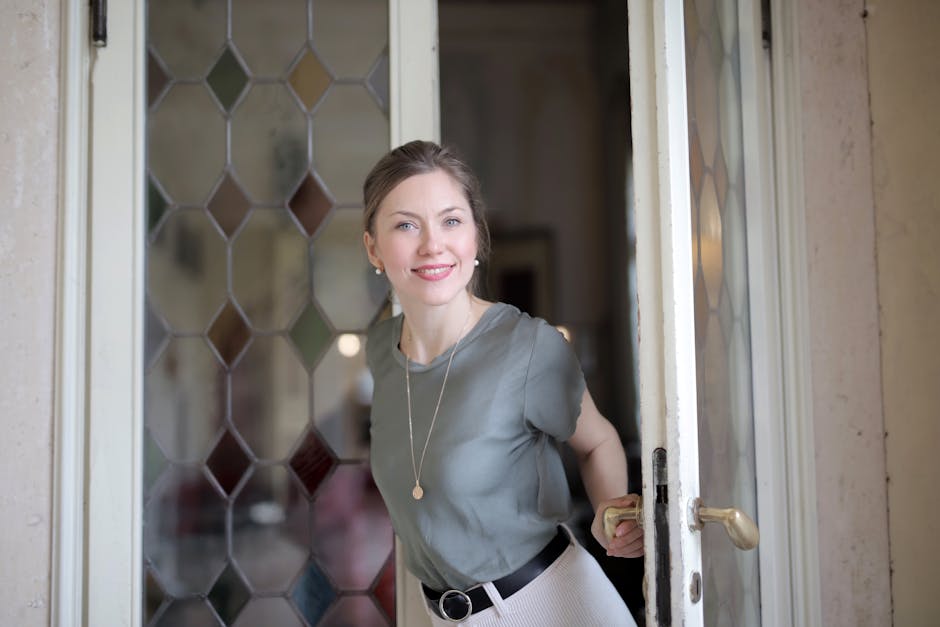Inspiring Meeting Room Names: 20 Historical Figures to Elevate Your Workplace
“Elevate your workplace with 20 inspiring meeting room names based on historical figures. This article explores creative naming strategies to enhance company culture, spark innovation, and honor influential personalities from various fields throughout history. ”

Inspiring Meeting Room Names: 20 Historical Figures to Elevate Your Workplace
In the modern workplace experience, every detail matters. From the layout of your office to the technology you use, each element contributes to the overall atmosphere and productivity of your team. One often overlooked aspect of office design is the naming of meeting rooms. By choosing inspiring names for these spaces, you can create a more engaging and motivating environment for your employees.

Why Name Meeting Rooms After Historical Figures?
Naming meeting rooms after historical figures can have several benefits:
- Educational Value: It provides an opportunity for employees to learn about important historical personalities.
- Inspiration: These names can serve as a source of motivation and inspiration for your team.
- Conversation Starters: They can spark interesting discussions and foster a culture of curiosity.
- Brand Alignment: Choosing figures that align with your company's values can reinforce your corporate culture.
20 Historical Figure Names for Your Meeting Rooms
Here's a list of 20 inspiring historical figures from various fields that could make excellent meeting room names:
- Einstein: For the room where groundbreaking ideas are born.
- Curie: Perfect for spaces dedicated to research and development.
- Shakespeare: Ideal for rooms where creative writing and brainstorming sessions take place.
- Gandhi: A fitting name for rooms used for conflict resolution or strategy meetings.
- Tubman: Symbolizing courage and leadership.
- Da Vinci: For multi-purpose rooms that host both creative and technical discussions.
- Nightingale: Suitable for rooms used by HR or health-related departments.
- Tesla: A great name for rooms with cutting-edge technology.
- Earhart: Inspiring adventurous thinking and risk-taking.
- Mandela: Representing unity and transformational leadership.

- Aristotle: For rooms where philosophical or analytical discussions take place.
- Cleopatra: Symbolizing power and diplomacy.
- Edison: Perfect for rooms dedicated to innovation and product development.
- Parks: Representing courage and social change.
- Darwin: Ideal for rooms where evolutionary ideas and adaptations are discussed.
- Austen: For rooms where storytelling and marketing strategies are developed.
- Newton: Suitable for rooms used by technical or scientific teams.
- Frida: Inspiring creativity and self-expression.
- Churchill: For rooms where important decisions and strategies are formulated.
- Marie Antoinette: A touch of luxury for high-end client meeting spaces.
Implementing Historical Figure Names in Your Workplace
When implementing these names in your office design, consider the following tips:
- Provide Context: Include a brief biography or famous quote from the historical figure near the room entrance.
- Themed Decor: Incorporate elements related to the historical figure in the room's decor.
- Rotate Names: Consider changing the names periodically to keep things fresh and educational.
- Employee Input: Allow employees to suggest and vote on historical figures to increase engagement.

The Impact on Workplace Culture
Naming meeting rooms after historical figures can have a significant impact on your workplace culture. It can:
- Foster a sense of curiosity and continuous learning
- Encourage employees to think big and draw inspiration from great achievers
- Promote diversity and inclusion by representing figures from various backgrounds
- Create a unique and memorable experience for visitors and clients
Conclusion
Naming your meeting rooms after historical figures is more than just a creative exercise—it's an opportunity to inspire, educate, and motivate your team. By carefully selecting names that resonate with your company's values and goals, you can create a more engaging and productive work environment.
Remember, the key to successful implementation is to make it a collaborative process. Involve your team in the selection and implementation of these names, and you'll be well on your way to creating a more inspiring and positive workplace culture.
Whether you're redesigning your office or simply looking for ways to refresh your current space, consider the power of a name. With these 20 historical figures as inspiration, you can transform your meeting rooms into hubs of innovation, creativity, and motivation.